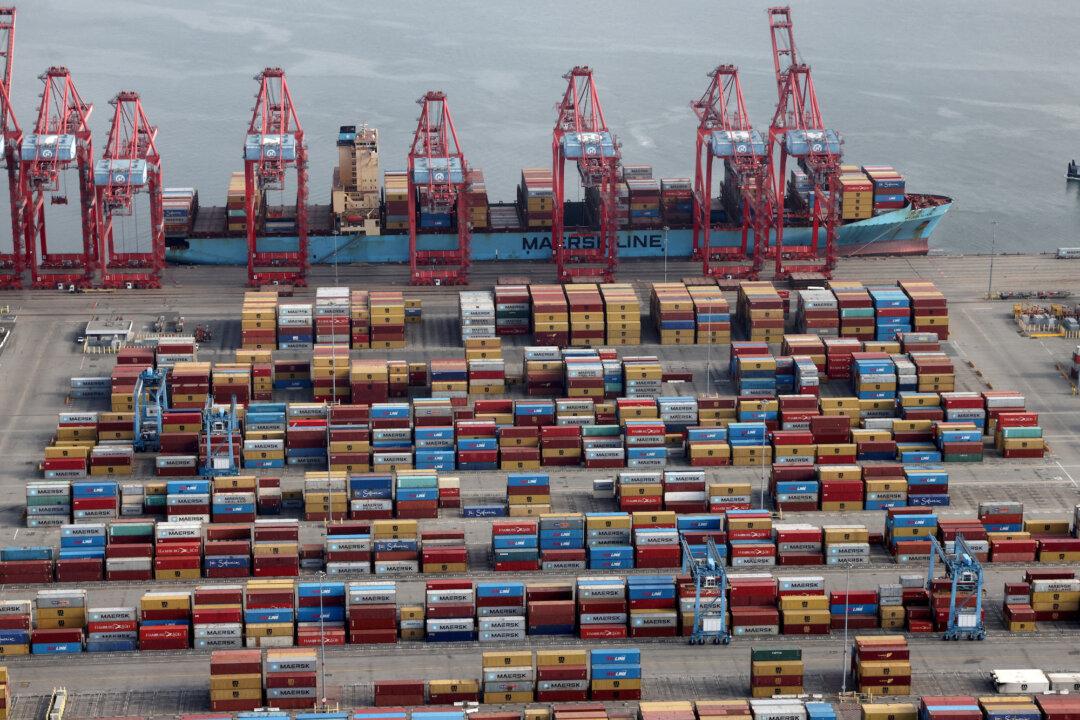The U.S. trade deficit narrowed sharply in June to its lowest level in six months as exports hit a record high, a trend that could see exports adding to gross domestic product (GDP) in the third quarter after the economy contracted for two consecutive quarters this year, meeting the rule-of-thumb definition for a recession.
The U.S Department of Commerce said on Aug. 4 that the trade deficit fell 6.2 percent, to $79.6 billion, as imports inched down while exports soared.





